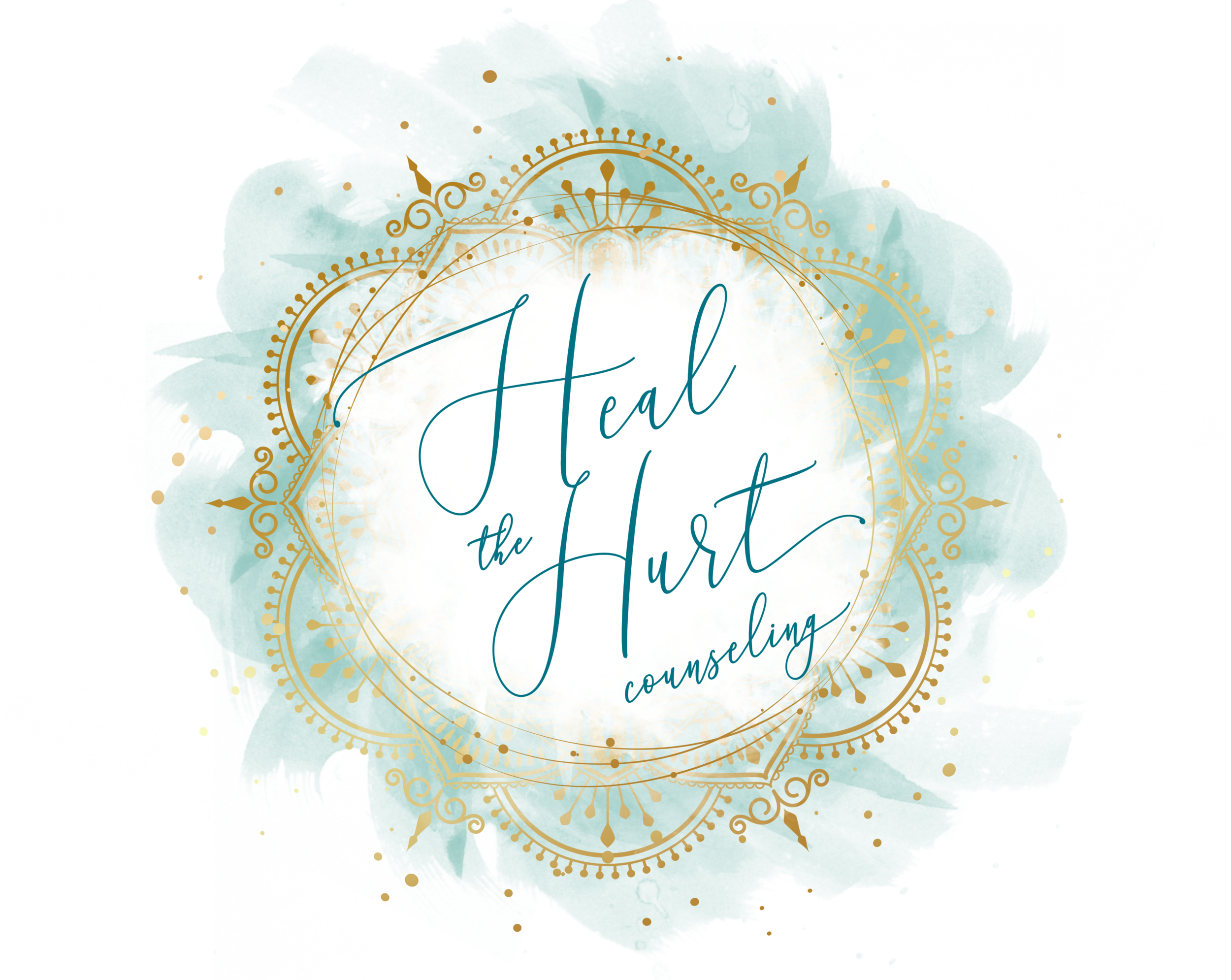BREAKING THE SILENCE
by Lara Mekhitarian
Following the chronicling of the “Me too” movement by Pulitzer Prize winning, Ronan Farrow, the millions of voices of sexual abuse and harassment survivors was harrowing. Sexual abuse. The words alone invoke shame, fear, anger, and disgust. However, for the first time in history, survivors began to speak up and bust through the stigma of shame. What followed was solidarity and a collective voice of men and women around the United States who finally broke free of their shackles of shame and owned their truth.
The statistics of sexual abused by the National Sexual Violence Resource Center state that:
· One in five women and one in 71 men will be raped at some point in their lives
In the U.S., one in three women and one in six men experienced some form of contact sexual violence in their lifetime
51.1% of female victims of rape reported being raped by an intimate partner and 40.8% by an acquaintance
52.4% of male victims report being raped by an acquaintance and 15.1% by a stranger
Almost half (49.5%) of multiracial women and over 45% of American Indian/Alaska Native women were subjected to some form of contact sexual violence in their lifetime
91% of victims of rape and sexual assault are female, and nine percent are male
In eight out of 10 cases of rape, the victim knew the perpetrator
Eight percent of rapes occur while the victim is at work
Sexual abuse takes many forms and while sexual abuse happens frequently, the topic carries so much shame that it makes healing all the more difficult for the survivors. Speaking up, however, can be one of the best ways to face and recover from those experiences.
Sexual abuse causes deep psychological wounds that are made worse by the fact that the damage to survivors is unseen. Survivors often experience lasting effects such as anxiety, depression, and difficulty trusting others and maintaining relationships. Additionally, survivors may experience difficulty concentrating, challenges with sleeping, flashbacks, intrusive memories, weight gain or weight loss, hyper-vigilance, avoidance, and disassociation.
While the experience of trauma will never be forgotten, therapy can help survivors learn to manage the psychological and physical fallout of abuse by talking through the experience and learning techniques to regain control over the body.
Trauma recovery includes understanding that the incident is over and in the past as well as understanding that it is possible to move forward in life without the effects of the trauma running the show. Some of the key ways to heal with trauma include:
Psychoeducation about trauma and the impact it has had on your mind and body
Learning coping strategies that can help you stay present, feel safe, and help emotionally regulate the ups and downs of the aftermath
Understanding the reason why you are the one left with the guilt and shame of someone else’s actions
Discovering the way trauma has impacted your body as well as your mind and developing ways to help you connect back to your body and help your body feel safe
Telling your story and understanding that you are a survivor
Making meaning of these experiences and developing a new identity where trauma isn’t the core of you or your story
Thriving
The key take away for survivors is to remember that they are just that—survivorsof a terrible incident who have made it through.
One of the greatest resources out their for survivors is trauma therapy. Trauma therapy is about helping survivors realize that they are resilient and can be supported in their healing journey. Trauma therapy is different in that the therapist is an expert at helping survivors regain their sense of control and help them learn to free themselves from an experience that has become the core identity of the survivor. Trauma therapy includes traditional talk therapy, somatic therapy to help heal the physical affects of trauma, Eye Movement Desensitization and Reprocessing (EMDR), Trauma Focused Cognitive Behavioral Therapy (TF-CBT), and other treatment models designed to help in trauma recovery.
The first step you can take is learning more about what resources are available to you and finding the right resource to help you cope, process, and heal. Take the chance and call a trauma specialist who can give you more information and help you discover what road to healing you want to take. Breaking the silence is just the first step.
If you or a loved one have suffered from sexual abuse or harassment, please know that we are here to support you in your healing and recovery. Feel free to reach out to us anytime at Lara@HealTheHurt.com to let us help you break your silence.










